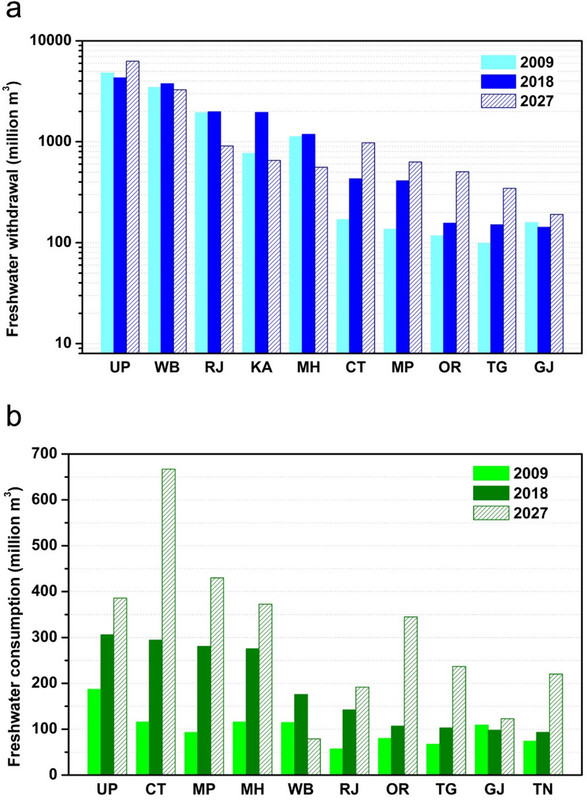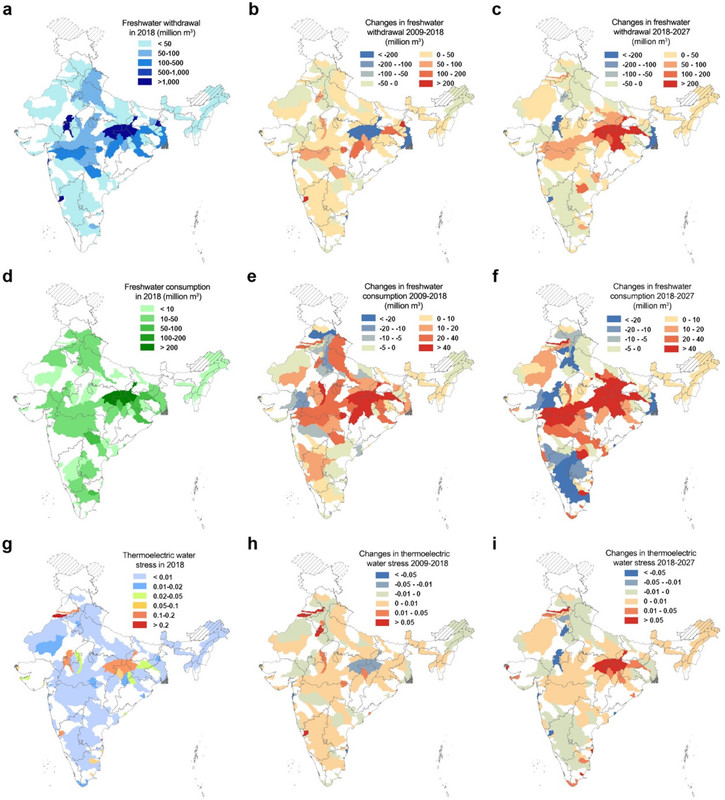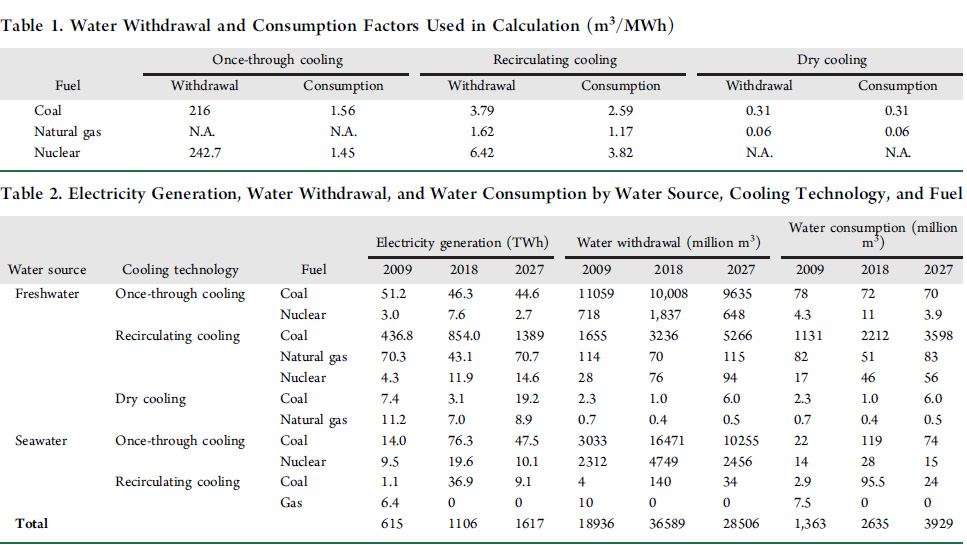NNadir
NNadir's JournalMagnetic Separation Method for Isolating Rare-Earth Elements and Zirconium from Molten Salts
The paper to which I'll briefly refer is this one, published by Russian scientists in an English edition: Alekseeva, L.S., Savinykh, D.O., Orlova, A.I. et al. Magnetic Separation Method for Isolating Rare-Earth Elements and Zirconium from Molten Salts. Inorg Mater 56, 583–590 (2020).
Strontium ferrites are magnetic particles that find utility in many electronic storage devices. This paper uses magnetic particles that are also strontium based, particles which apparently have a Curie Point higher than the temperature of molten salts.
From the introduction:
Extraction of actinides (Am and Cm), rare-earth elements (REEs), and zirconium from melts is one of the key issues in this technology, in particular in Russia [5, 6, 24, 25].
Extraction, preconcentration, and consolidation methods under development for subsequent isolation of actinide fission products from the biosphere include precipitation, ion exchange, zone crystallization, and sorption.
In this work, we propose using a magnetic field for extracting components dissolved in a LiCl–KCl melt.
Actinide- and rare-earth-containing strontium hexaferrite with the magnetoplumbite structure and zirconium-containing spinel ferrites are of interest as magnetic carriers capable of absorbing melt components to be extracted.
The authors synthesized spinel magnetic ferrite particles isomorphous with a magnetic mineral containing lead, magnetoplumbite. They noted that many of the compounds in this class of isomorphs can incorporate lanthanide elements (aka "rare earths."
However their spinel structure was a compound, again isomorphous, of strontium, copper, iron and oxygen.
They heated a molten salt composed of potassium and lithium chloride at 450C and were able to extract neodymium and zirconium.
It was hardly quantitative according to a table in the paper:

There are lots of people who are molten salt reactor kind of guys and gals; I used to be one myself, but I changed my mind. However, in recent years I have begun to rethink molten salts in all kinds of chemical separations processes, and redox processes, including but not limited to separation and recovery of valuable materials in used nuclear fuels. (It should be noted that there are an infinite number of molten salts, given the existence and wide study of "ionic liquids" some of which are partially or wholly organic molecules.
I'm not sure this work has much practical import, although one can imagine these things in certain kinds of molecular filters, but any magnetic material with a curie point high enough to be stable in a molten alkali metal salt is interesting. For the record, I do not favor the use of potassium salts in nuclear fuel settings since the separation from cesium is problematic. Rubidium, which is present mostly in a form (Rb-87) that occurs naturally all over the planet as a fission product is a better choice.
I trust you're having a nice Saturday.
I would say there's a especially wonderful "Greatest Threads" list today.
At a small country churchThe doc is right
Calling my son a big fat chicken worked!
posted on jill biden's twitter yesterday (and i love this picture!)
"Let them stand up in the well of the floor, put on some Depends, let their feet bleed or whatever"
I found them uplifting: family, courage, honesty, strength...
I added a rec to each.
Thermoelectric Power Generation and Water Stress in India: A Spatial and Temporal Analysis
The paper I'll discuss in this brief post is this one: Thermoelectric Power Generation and Water Stress in India: A Spatial and Temporal Analysis (Chao Zhang, Joonseok Yang, Johannes Urpelainen, Puneet Chitkara, Jiayi Zhang, and Jiao Wang Environmental Science & Technology 2021 55 (8), 4314-4323).
The connection between water and energy, particularly in an electrified world is inexorable.
It is worth noting (or confessing?) that the form of electrical energy (and other) energy that I regard as sustainable and environmentally acceptable, nuclear energy, is the worst offender for the use of water for power generation, at least as presently practiced. I am convinced that this problem can be engineered away, but it has not, as of now, been engineered away.
The paper under discussion is an overview of the water situation in India, a developing nation now undergoing a terrible Covid tragedy for which all decent human beings must extend sympathy and where possible aid. This said, the long term, environmental tragedy of India may make Covid pale in the end. For this reason, this paper, a policy paper, is worth some consideration.
From the introduction:
Among different sources of energy, thermoelectric power is of central importance in this regard. Thermoelectric power generation constitutes 75% of the world’s net electricity generation(9) and has been the largest source of water withdrawal (86%) in the energy sector.(10) In recent years, a growing number of studies have investigated the relationship between thermal power generation and water scarcity in different countries and regions, including the United States,(11,12) the United Kingdom,(13) Middle East and North Africa,(14) South Africa,(15) and developing countries in Asia.(16)
Particular attention has been paid to China, where the thermal power industry has grown rapidly and water scarcity is a significant environmental challenge.(17?19) Existing studies have investigated various aspects of the electricity-water nexus in China, such as estimating aggregate water use by thermal power generation based on top-down data and methodologies (e.g., refs (20and21)); compiling spatial explicit water use inventories and water stress maps through bottom-up data at the power plant or generating unit-level (e.g., refs (22?25)); accounting for virtual water transfers via inter-regional or interprovincial electricity transmission (e.g., refs (26?29)); and projecting future trajectories of water use by using scenario analysis tools or energy system modeling (e.g., refs (30?32)). These analyses have revealed numerous spatial and temporal characteristics of the electricity-water nexus in China. Of note are the impacts in the water sector due to technological changes and policy interventions in the power sector. For example, historical analysis that is based on a detailed unit-level water use inventory conducted by ref (23) shows that thermal power generation in catchments under high water stress (with a water withdrawal-to-availability ratio greater than 0.4) has grown by a factor of 4.5 from 2000 to 2015 (from 643 TWh in 2000 to 2,885 TWh in 2015). At the same time, significant policy-induced technological changes, especially those in cooling technology structures, have successfully decoupled thermoelectric freshwater withdrawal from growing power generation.
Thermal power generation, especially coal-fired power, also plays a major role in India’s electricity mix. Driven by a growing population and economic development, India’s generation capacity is being rapidly expanded. Projections estimate that energy demand in India will increase by 1005 Mtoe from 2016 to 2040, more than any other country during the same period.(33) India is also projected to have the largest population increase worldwide, and will surpass China as the world’s most populous country in 2027...(34)
The paper notes that water scarcity is a huge problem in India as well as in China, and in fact, pretty much everywhere in the world. The failure to make even a weak stab at addressing climate change - all of our fantasies about electric cars, vast wind industrial parks in former wildernesses, and electric generating glass coated with millions of tons of mined, carbon reduced, and often toxic elements of the periodic table have done nothing at all except generate more fantasies - will make this worse.
The story can be told in graphics and tables from the paper:

The caption:

The caption:

The caption:

The caption:

The caption:
Some tables from the text:

Some additional text, which is involved with something called "reality:"
Net electricity generation increased by around 80% from 615 TWh in 2009 to 1106 TWh in 2018. The role of coal-fired power generation grew during the past decade, and it contributed to 92% (1017 TWh) of total thermal power generation in 2018, compared to 83% (615 TWh) in 2009. The lack of natural gas resources in India has impeded the development of natural gas-fired power generation. Although the installed capacity of natural gas-fired power plants rose during the study period, electricity generation decreased 43% from 88 TWh to 50 TWh. Nuclear power contributed to around 3.5% of overall generation.
It is often represented in our modern fantasies that "coal is dead" coupled with the stupid remark that the reason "coal is dead" is because of so called "renewable energy." It is telling however, and a dose of reality in the face a delusion every bit as serious - in some ways worse - that Covid is a "hoax," that coal is not dead where there is no ready access to dangerous natural gas, the use of which will scar the planet's atmosphere, water and land for eternity, all for short term comfort. This fact is highlighted in text I have bolded in this text just above. So called "renewable energy" did not save the world, is not saving the world, and will not save the world. It is a trivial form of energy, completely dependent on access and use of dangerous natural gas, and all the denial in the world will not change this fact.
Facts matter.
Nevertheless, there is discussion in the text of solutions with an eye of chasing the chimera that so called "renewable energy" is sustainable, even though one of the features of escaping poverty - poverty being an issue in India - is the abandonment of trying to survive on so called "renewable energy." This de facto discussion is here:
Whatever. The italics are mine.
India has huge thorium resources, and it has now supplanted Canada in the use of CANDU type heavy water nuclear reactors. It has also piloted a plant for the extraction of uranium from seawater.
Ironically enough - I've discussed this topic many times elsewhere - the solution to water demands for power plant cooling is ironically enough, to raise the internal temperatures so as to drive heat networks that extract additional work (exergy) from that heat, i.e. raise the efficiency of the plants to unprecedented methods. One possible inclusion in a heat network are systems that desalinate sea water. Desalination is not a panacea, and many environmental issues need to be addressed to employ it, but I believe they can be addressed by an educated, dedicated and respectful version of humanity, one not here immediately, but one that is certainly possible.
We are at a cross roads.
The functional "renewables will save us," anti-nuke guru who resides in a super energy efficient aerie on a mountain in the wealthy enclave of Snowmass, Colorado - which is represented in congress by Lorena Bobbitt, delusional gun nut Trump humper - is Amory Lovins. Amory Lovins will tell you that the goal of energy efficiency is to reduce the use of energy. Of course, Amory Lovins couldn't care less about poor people.
Maybe delusion is contagious in Snowmass.
I am disinterested in delusional bourgeois brats. Unlike the guru in Snowmass I am familiar with Jevon's paradox, well known and often observed since the 19th century, which states that increases in energy efficiency increase the use of energy. I'm fine with that because I believe that sustainable energy is possible. For me increases in efficiency are all about making energy available to the billions of people who lack it, a significant portion of whom live in India.
Have a nice weekend.
Profile Information
Gender: MaleCurrent location: New Jersey
Member since: 2002
Number of posts: 33,517